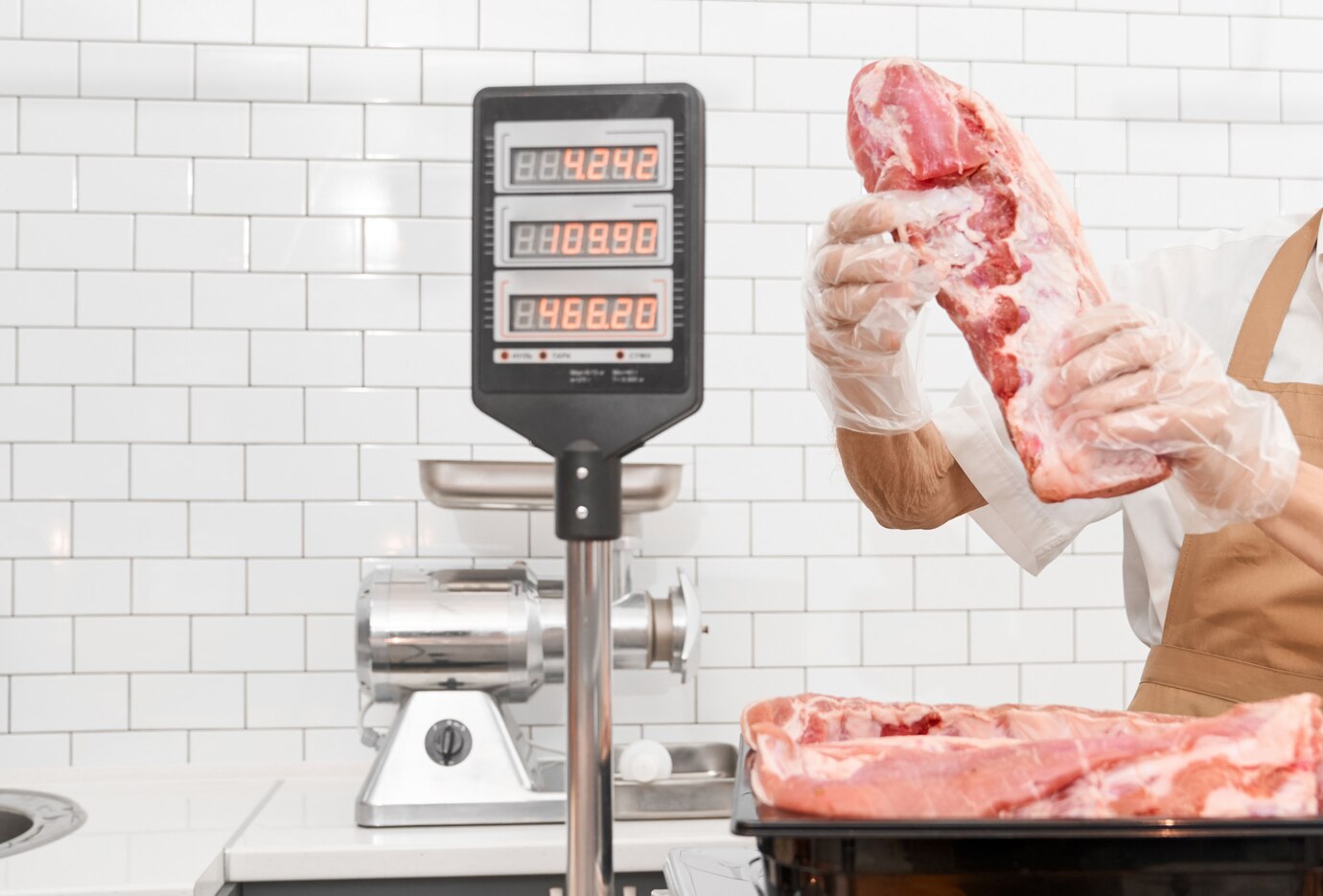Why Prime Rib Prices Fluctuate (Key Factors in 2025)
Prime rib remains one of the most luxurious and sought-after cuts of beef, prized for its rich marbling and melt-in-your-mouth texture. However, prices can vary dramatically based on several critical factors that every buyer should understand before making a purchase.
1. USDA Beef Grading System: Prime vs. Choice vs. Select
The USDA grading system significantly impacts pricing:
- USDA Prime (Top 2-3% of Beef): Highest marbling, most expensive (18–28/lb in 2025).
- USDA Choice (High-Quality but Less Marbling): Great balance of tenderness and price (14–22/lb).
- USDA Select (Leaner, Less Tender): Budget-friendly but not ideal for prime rib (10–16/lb).
Expert Insight: Unless you’re hosting a special occasion, USDA Choice offers near-Prime quality at a 20-30% discount.
2. Bone-In vs. Boneless: Which Is a Better Value?
- Bone-In (Standing Rib Roast): Typically 1–3/lb more due to added flavor and presentation value.
- Boneless: Easier to carve but may dry out slightly faster during cooking.
Butcher’s Tip: The bone adds insulation, helping the meat cook more evenly. If buying boneless, ask for the rib bones separately—they make incredible beef stock!
3. Seasonal Price Surges (When to Buy & When to Avoid)
- Holiday Peaks (Thanksgiving, Christmas, Easter): Prices jump 15-25% due to high demand.
- Off-Peak (Late January, Summer Months): Best discounts (some butchers offer post-holiday sales).
2025 Trend: Due to inflation and supply chain adjustments, beef prices remain 8-12% higher than pre-pandemic levels (USDA Economic Research Service, March 2025).
4. Regional Price Differences (Where to Find the Best Deals)
- Urban Areas (NYC, LA, Chicago): Higher overhead costs = 20–35/lb for Prime grade.
- Rural & Wholesale Markets (Costco, Sam’s Club): Bulk discounts = 12–22/lb for Choice.
- Online Premium Retailers (Snake River Farms, Crowd Cow): Dry-aged & Wagyu options = 30–60/lb.
2025 Prime Rib Price Breakdown (Latest Data)
| Type | Price per Pound (2025) | Best For |
|---|---|---|
| USDA Prime (Bone-In) | 22–32 | Special occasions |
| USDA Choice (Boneless) | 14–20 | Family dinners |
| Grass-Fed Organic | 25–40 | Health-conscious buyers |
| Wagyu Prime Rib | 50–100+ | Luxury dining |
Source: National Cattlemen’s Beef Association (NCBA) 2025 Market Report
5 Pro Tips to Save Money on Prime Rib in 2025
1. Buy a Larger Roast (Cost per Pound Drops)
- A 7-bone rib roast (10-12 lbs) often costs 1–2 less per pound than smaller cuts.
- Leftovers make incredible beef sandwiches, stir-fries, or beef stew.
2. Check for “Manager’s Special” Discounts
- Grocers mark down meat nearing its sell-by date by 20-40%. Freeze immediately for later use.
3. Purchase from Local Farms or Butcher Co-ops
- Cutting out middlemen can save 3–5/lb. Some farms offer quarter/half beef shares at wholesale rates.
4. Opt for a Chuck Eye Roast (Budget Alternative)
- Called the “poor man’s prime rib,” it mimics the flavor at half the cost (8–12/lb).
5. Negotiate with Your Butcher for Untrimmed Cuts
- Butchers often charge extra for trimming fat. Ask for untrimmed prime rib and do it yourself.
Prime Rib Cost Calculator: How Much for a Pound of Prime Rib
Planning a dinner party? Here’s a realistic 2025 cost breakdown:
| Item | Cost Estimate |
|---|---|
| 7-lb USDA Choice Prime Rib | 98–140 |
| Seasonings & Rub | 5–15 |
| Side Dishes (per person) | 4–10 |
| Wine Pairing (Bottle) | 15–50 |
| Total for 8 People | 200–500 |
Tip: Save by serving potatoes au gratin and roasted veggies instead of expensive seafood sides.
Where to Buy Prime Rib in 2025 (Best Retailers Ranked)
🥇 Best Overall: Costco
- Pros: Bulk discounts, high-quality USDA Prime.
- Cons: Requires membership.
🥈 Best Online: Snake River Farms
- Pros: American Wagyu, dry-aged options.
- Cons: Premium pricing ($40+/lb).
🥉 Best Local: Independent Butcher Shops
- Pros: Custom cuts, expert advice.
- Cons: Slightly higher prices.
Final Verdict: How Much for a Pound of Prime Rib
To maximize value:
✅ Buy Choice grade unless it’s a special occasion.
✅ Purchase off-peak (avoid December & Easter).
✅ Compare local butchers vs. wholesale clubs.
For the freshest 2025 pricing alerts, bookmark USDA market reports or ask your butcher about upcoming sales.
FAQs About How Much for a Pound of Prime Rib
Why is prime rib more expensive than other roasts?
Prime rib comes from the rib primal section, which has the highest marbling and tenderness. Limited supply + high demand = premium pricing.
Is prime rib cheaper at a steakhouse or at home?
- Restaurant: 45–120 per plate (plus sides & drinks).
- Home Cooking: 20–40 per person (higher quality, larger portions).
How long can I freeze prime rib?
- Vacuum-sealed: Up to 12 months at 0°F.
- Standard freezer wrap: 4–6 months (risk of freezer burn).
What’s the best day to buy prime rib?
- Tuesday/Wednesday: Many butchers restock midweek, offering fresher cuts.
- Early mornings: Best selection before popular cuts sell out.










